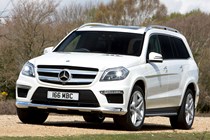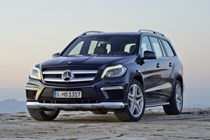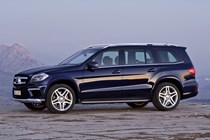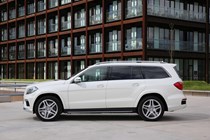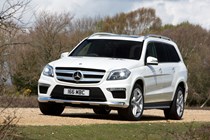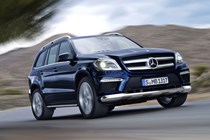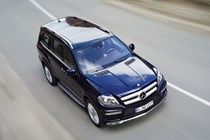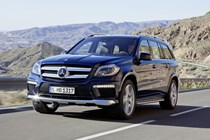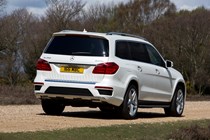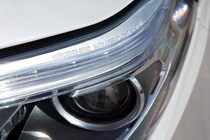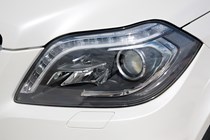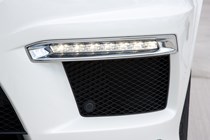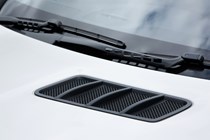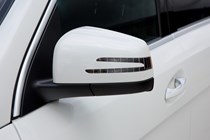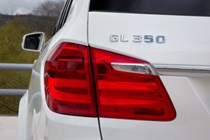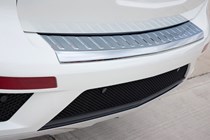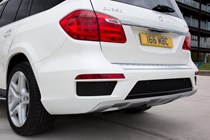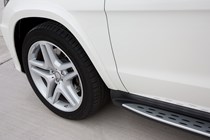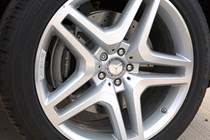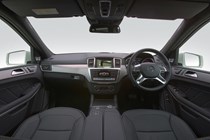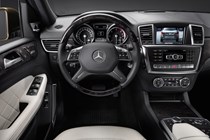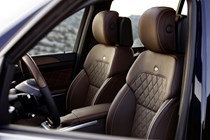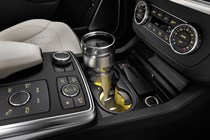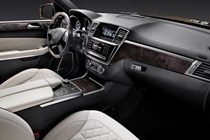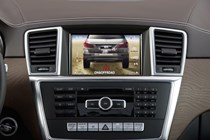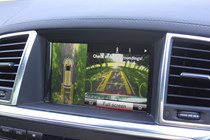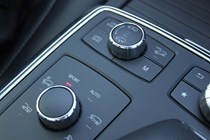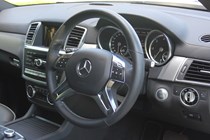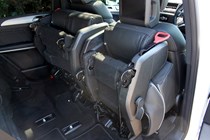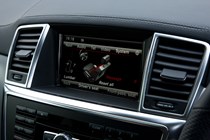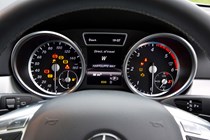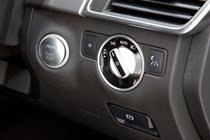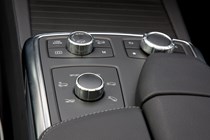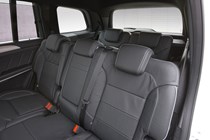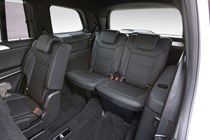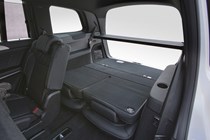
Mercedes-Benz GL-Class Estate (2013-2015) engines, drive and performance
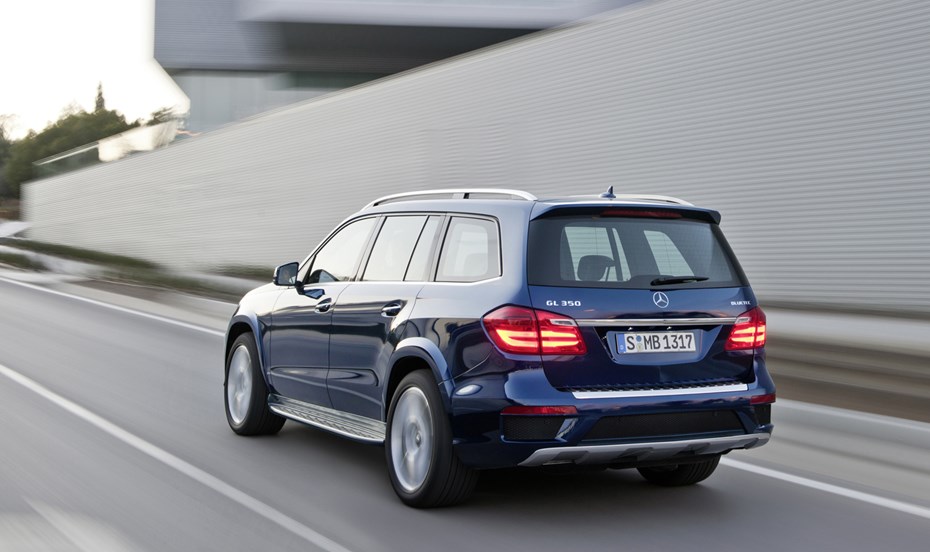
Installing a 3.0-litre diesel engine into a heavy 4x4 doesn’t sound like a recipe for speed, but nonetheless Mercedes-Benz GL-Class performance is more than merely adequate.
Single engine choice
With the performance-oriented GL63 AMG covered separately, that leaves a single model on the GL-Class range to choose from – the GL350 BlueTEC AMG Sport. BlueTEC is Mercedes-speak for its latest generation of clean diesels and replaces the previous CDI designation.
Under the long bonnet lies a 3.0-litre V6 diesel engine producing a healthy 254bhp at 3,000rpm, which is unfortunately on occasion rather noisy – usually under hard acceleration.
Not that you’ll experience much in the way of difficulty getting away from either junctions or joining motorways at cruising speeds as the motor delivers a considerable 620Nm of torque from just 1,600rpm.
All this equates to a 0-62mph acceleration of 7.9 seconds and, where legal and other conditions permit, a surprising top speed of 137mph.
Progress is made all the more effortless by mating that torquey engine to a fully-automatic gearbox, cumbersomely known as the 7G-Tronic Plus. Seven forward gears are accessed via a lever on the steering column where other manufacturers tend to locate their wiper stalk, with manual over ride accessed by the steering wheel-mounted paddles.
Unsurprisingly, for a powerful car weighing close to 2.5-tonnes, fuel efficiency isn’t brilliant. Mercedes claims the GL350 BlueTEC will return an average of 35.3mpg but on test we struggled to get it above an indicated 30mpg.
The GL’s heaviness and imposing bodywork doesn’t help with CO2 emissions either, rated at 209g/km, which places the Mercedes in band K for VED car tax. Nonetheless it’s worth noting that this is a 14 percent improvement over the outgoing model.
Large 4x4s are not generally known for their driving dynamism – Mercedes-Benz GL-Class handling characteristics suggest this one is more suited to on-road comfort than anything else.
That’s not to suggest the GL’s comfort levels are peerless, despite the standard fitment of Airmatic air suspension. While larger bumps and undulations in the road surface are ironed out effectively, smaller, shallower ripples are felt inside the cabin. The culprit appears to be the large 21-inch wheels shod with wide, low-profile tyres, part of the AMG Sport specification. It’s a minor flaw but it’s a trait that’s more noticeable in the GL than in Land Rover’s older Discovery.
Being a Mercedes, it’s no surprise to find the GL-Class is laden with technology, aimed at keeping it stable at speed. Automatically adjusting the suspension height depending on speed and conditions helps lower the GL’s stance and centre of gravity at speed, making it more stable, while Active Curve System improves traction during cornering by sending more power to the wheels on the outside of the bend.
Some body roll is evident with rapid changes of direction but it’s broadly kept in check with various on-board electronic stability functions, before passengers get too uncomfortable.
While the wide tyres and four-wheel drive system provide tremendous grip, there’s no communication through the GL’s steering wheel about what the front of the car is doing as you go through corners. Keep speeds sensible and the Mercedes will faithfully go wherever you point it, but push harder and the laws of physics take hold as it goes wide and understeers into the bend, necessitating a forceful application of the brakes to gather everything together again.
With large disc brakes front and rear, the GL’s bulk is stopped safely and quickly whenever they’re called upon, but again there’s little feel through the pedal, the controls feeling light to make driving a car of this size as easy as possible.


